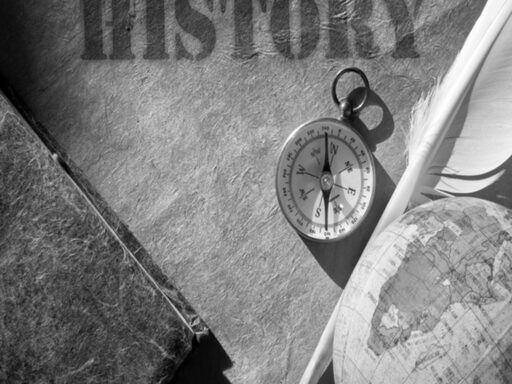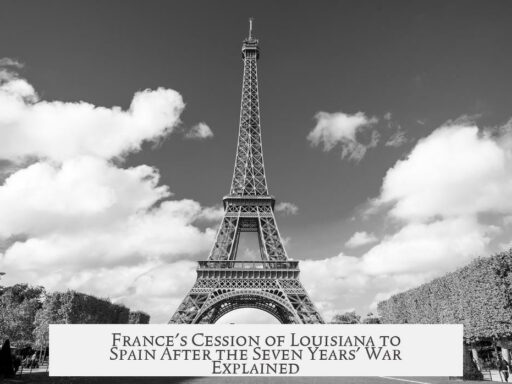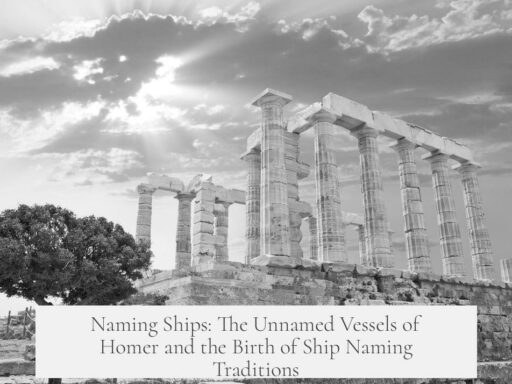The iconic photograph “Lunchbreak atop a Skyscraper” was taken on September 20, 1932, as part of a promotional campaign for the RCA building, which was then under construction within the Rockefeller Center complex in New York City.
This striking image shows 11 construction workers casually eating lunch while sitting on a steel beam, suspended 69 floors above the city streets. It first appeared in the New York Herald Tribune on October 2, 1932, serving as a compelling visual for the skyscraper’s innovative engineering and the daring workers who built it.
The photograph was not a spontaneous snapshot. Instead, it was a carefully staged scene arranged by photographers invited to a press event. These photographers were dressed in semi-formal business clothes, which contrasted sharply with the rugged workers’ attire. Their cumbersome large-format cameras required careful setup and reloading, indicating the image was the result of multiple attempts and directions.
The identities of the photographers remain uncertain. Candidates include Charles C. Ebbets, Thomas Kelley, and William Leftwich, all affiliated with the news agency covering the event. However, no individual received credit at the time.
Likewise, the men pictured have inspired much speculation. Historical research suggests the crew included Irish immigrants and members of the Mohawk Nation, groups commonly employed in New York City construction during that era. Their ease atop the beam reflects the fearless attitudes necessary for such perilous work, especially considering the absence of modern safety equipment like harnesses or guardrails.
- Workers routinely balanced on narrow, untethered beams.
- They faced extreme hazards including loud machinery and dizzying heights.
- The casual postures captured in the image echo other period photographs and films portraying construction labor.
Importantly, the photograph’s staging did not undermine its authenticity. It neither fabricated nor dramatized the workers’ reality but presented a real scene enhanced for photographic impact. The workers were aware of the photographers and likely followed instructions to pose naturally for the press, illustrating the complex collaboration between media and industrial labor during the Great Depression.
Today, this photograph stands as a symbol of American industrial progress and the human spirit confronting danger. Its influence is worldwide, reproduced in countless books and exhibitions. Although the original glass negative is now partially damaged, it is preserved in climate-controlled storage in Pennsylvania, ensuring its legacy endures.
| Key Facts | Details |
|---|---|
| Date Taken | September 20, 1932 |
| Location | 69th floor girder of RCA Building, Rockefeller Center, NYC |
| Photographer(s) | Unknown: possibly Charles C. Ebbets, Thomas Kelley, or William Leftwich |
| Publishing | New York Herald Tribune, October 2, 1932 |
| Workforce Composition | Irish immigrants, Mohawk workers |
| Purpose | Promotional campaign for RCA Building construction |
The photo’s story illustrates industrial-era photography’s role in shaping public perception of infrastructure projects. Staged images like this blended authenticity with publicity, spotlighting worker bravery and modern architecture advances during a difficult economic time.
- The photo was staged, not candid, but depicts a real situation.
- Workers showed relaxed attitudes despite dangerous conditions.
- Photographers used large, delicate cameras requiring multiple shots.
The legacy of “Lunchbreak atop a Skyscraper” continues to inspire. It captures the intersection of risk, labor, and art during a defining moment in urban history. Its fame persists as a vivid example of human endurance and the artful documentation of industrial America.
- Taken as a promotional photograph for Rockefeller Center’s RCA building.
- Shot by unidentified professionals; staging involved multiple poses.
- Shows 11 workers—likely Irish and Mohawk—resting without safety gear.
- Reflects 1930s construction norms and photographic techniques.
- Original negative is preserved but partially damaged.
- Now recognized worldwide as a symbol of daring labor and skyscraper history.


